Mexico is a country of vast beauty and complexity, offering far more to the traveler than its famous coastal resorts. Beyond the beaches lies a world rich in culture and adventure, where ancient civilizations, colonial heritage, and modern vibrancy converge. From the ruins of Maya and Aztec cities to the bustling streets of Mexico City, the tranquil beauty of the Copper Canyon, and the culinary capitals of Oaxaca and Puebla, Mexico invites explorers to explore its many layers. This guide will navigate you through Mexico’s most compelling destinations, providing insights into when to visit, how to get there, and insider tips to enhance your journey.
Brief History of Mexico
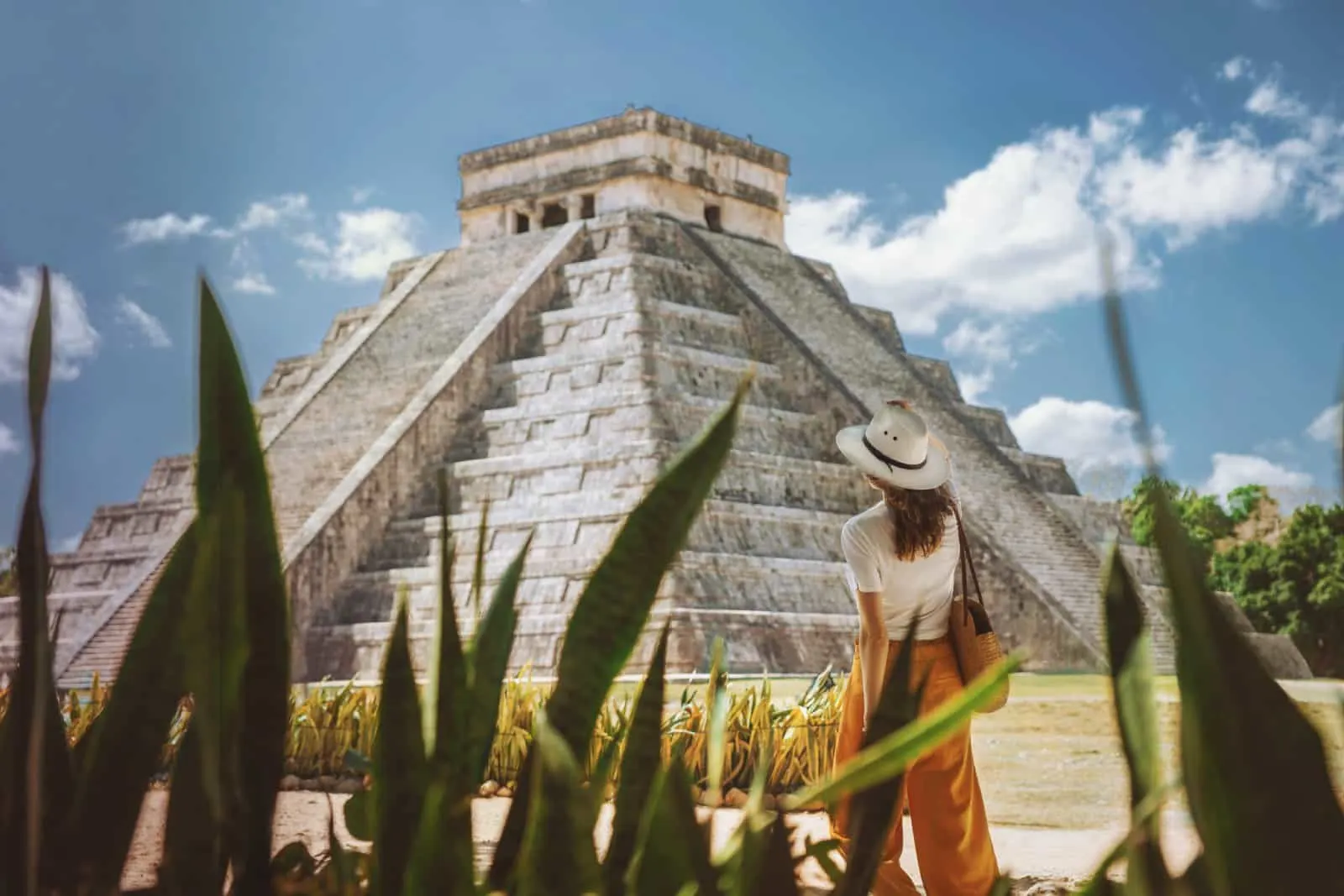
Image Credit: Shutterstock / Bucha Natallia
Mexico’s history spans thousands of years, from ancient to modern times. The earliest inhabitants of Mexico were ancient and sophisticated civilizations such as the Olmecs, considered the forerunners of later cultures like the Maya and the Aztecs. The Olmecs established settlements around 1400 BCE, known for their colossal head sculptures and advancements in agriculture and architecture.
The Maya civilization, flourishing in the Yucatan Peninsula around 250 CE, was renowned for its astronomical and mathematical knowledge and its unique writing system. The Maya built impressive cities like Chichen Itza and Palenque, highlighting their advanced society.
By the 14th century, the Aztecs rose to prominence, establishing their capital, Tenochtitlan, on the site of modern-day Mexico City. The Aztecs were known for their architectural and agricultural innovations, including the chinampas, floating gardens, and a complex social and political organization.
The Spanish conquest of Mexico began in 1519 when Hernán Cortés landed on the coast. After forming alliances with various indigenous groups who were enemies of the Aztecs, Cortés captured Tenochtitlan in 1521, marking the end of the Aztec Empire and the beginning of Spanish colonization. This period introduced new cultures, languages, and religions to the region, fundamentally altering the social and demographic landscape.
Mexico’s struggle for independence from Spanish rule began in 1810, led by figures like Miguel Hidalgo y Costilla and José María Morelos. Independence was finally achieved in 1821, but the country’s subsequent history was marked by internal conflicts, foreign invasions, and territorial losses, including the Mexican-American War (1846-1848), which resulted in Mexico losing a significant portion of its territory to the United States.
The Mexican Revolution (1910-1920) was pivotal in Mexico’s history, bringing about significant social and political change. Leaders like Emiliano Zapata and Pancho Villa fought for agrarian reform and the rights of the working class, shaping the country’s modern identity.
Today, Mexico is a federal republic composed of 31 states, and Mexico City is its capital. It is a country with a diverse cultural heritage, blending indigenous traditions with Spanish colonial influences and a growing economy. Mexico’s rich history is reflected in its art, cuisine, and festivals, making it a unique blend of the ancient and the contemporary.
1. Mexico City’s Historic Center
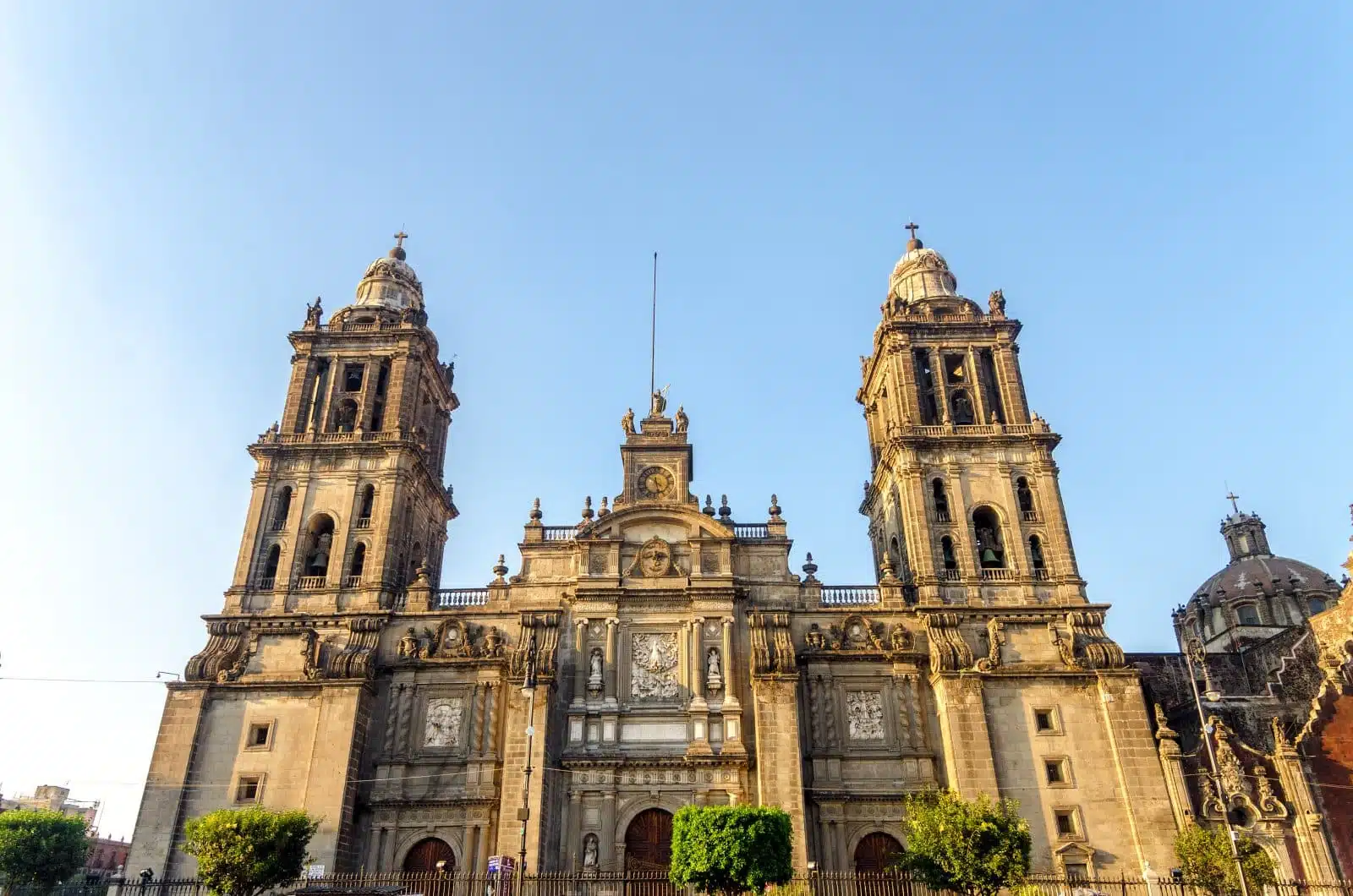
Image Credit: Shutterstock / Jess Kraft
The heart of Mexico’s capital, the Historic Center, or “Centro Histórico,” is a UNESCO World Heritage site brimming with significant landmarks, including the Zócalo, the Metropolitan Cathedral, and the ancient Aztec Templo Mayor. This area is a testament to Mexico’s layered history, blending architectural styles and cultural influences. Museums, art galleries, and traditional restaurants explore the nation’s heritage and contemporary life.
Insider’s Tip: Don’t miss the opportunity to view the city from above by visiting the Torre Latinoamericana’s observation deck. Plan your visit to coincide with the Ballet Folklórico de México for a spectacular showcase of traditional dance.
When to Travel: Spring (March-May) and autumn (September-November) offer pleasant weather.
How to Get There: Mexico City is served by Benito Juárez International Airport. The historic center is easily accessible via metro or taxi from any part of the city.
2. Teotihuacan
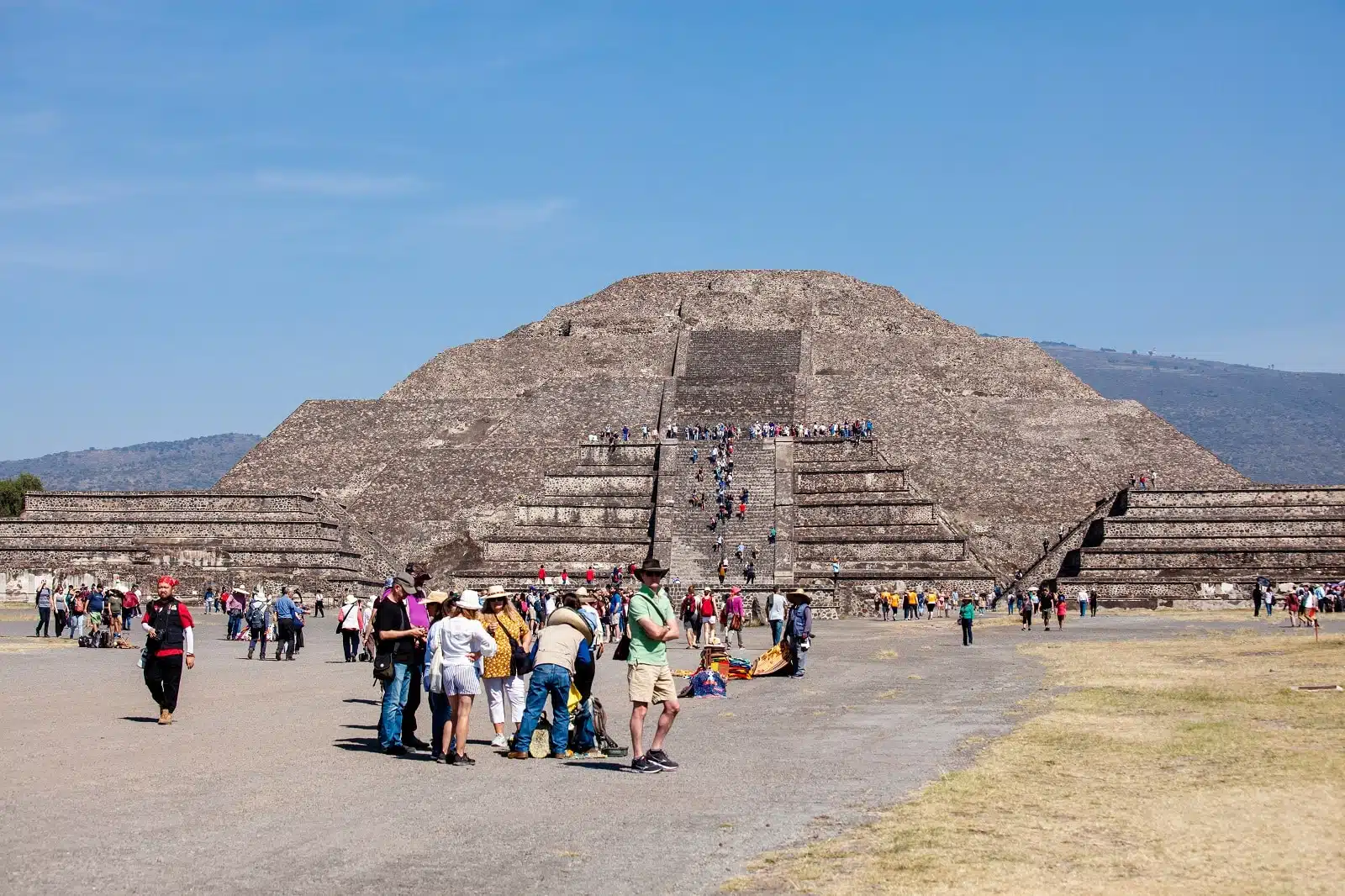
Image Credit: Shutterstock / Anna-Ch1
Just outside Mexico City lies Teotihuacan, an ancient city known for its massive Pyramids of the Sun and Moon. This archaeological site offers a glimpse into one of the most powerful civilizations of ancient Mesoamerica, with its meticulously planned urban layout and rich artistic legacy. Walking the Avenue of the Dead provides a sense of the city’s scale and sophistication.
Insider’s Tip: Consider a hot air balloon ride at dawn for a unique perspective. The aerial view of the pyramids emerging from the mist is unforgettable.
When to Travel: Visit during the dry season, from November to April, for the best experience.
How to Get There: Located about 50 km northeast of Mexico City, Teotihuacan is accessible by bus from the North Bus Terminal (Autobuses del Norte) in Mexico City.
3. Oaxaca’s Culinary Scene
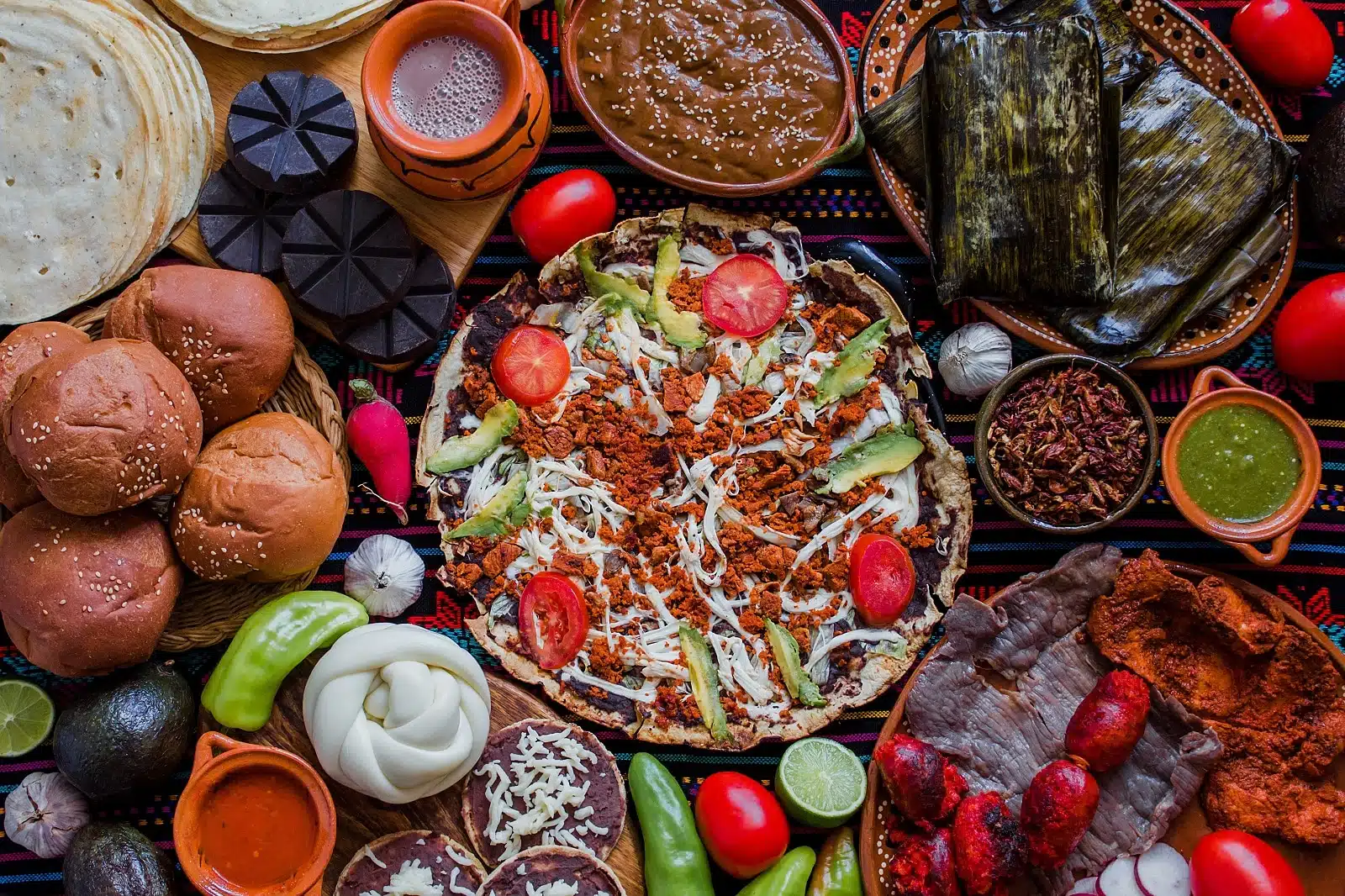
Image Credit: Shutterstock / Marcos Castillo
Oaxaca is a culinary treasure within Mexico, celebrated for its diverse and flavorful cuisine. The city and its surrounding regions offer a journey through traditional markets, chocolate makers, and mezcal distilleries. Oaxacan food is a profound expression of cultural identity, with dishes like mole, tlayudas, and chapulines showcasing the region’s rich culinary heritage.
Insider’s Tip: Participate in a cooking class with a local chef to learn the secrets of Oaxacan cuisine, from selecting ingredients in local markets to preparing traditional dishes.
When to Travel: The ideal times are during the Guelaguetza festival in July or Day of the Dead celebrations in late October to early November.
How to Get There: Oaxaca has an airport (OAX) with domestic flights. Buses from Mexico City to Oaxaca are also available, offering a scenic route.
4. The Mayan Riviera
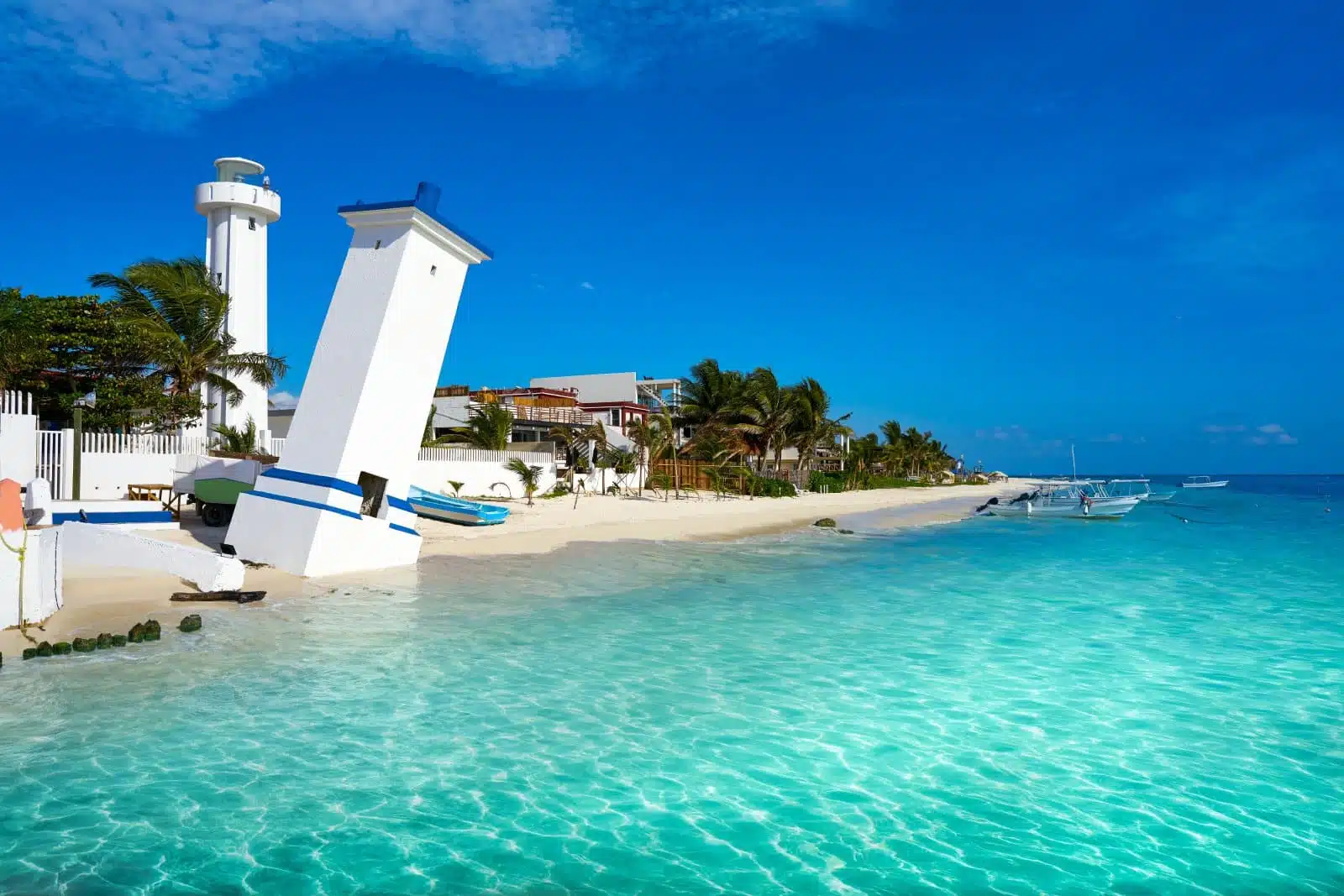
Image Credit: Shutterstock / lunamarina
Beyond the renowned beaches of Cancun and Playa del Carmen, the Mayan Riviera offers access to some of the most significant Mayan archaeological sites, including Tulum and Coba. The region is also famous for its cenotes—natural sinkholes filled with crystal-clear water, ideal for swimming, snorkeling, and diving.
Insider’s Tip: Visit the less crowded cenotes early in the morning and consider a guided tour of the Sian Ka’an Biosphere Reserve for an immersive experience in one of Mexico’s most important natural habitats.
When to Travel: The best weather is from December to April, avoiding the rainy season.
How to Get There: Fly into Cancún International Airport and travel by bus or car rental to explore the Riviera, including Tulum and Coba.
5. Chichen Itza and the Cenotes of Yucatan
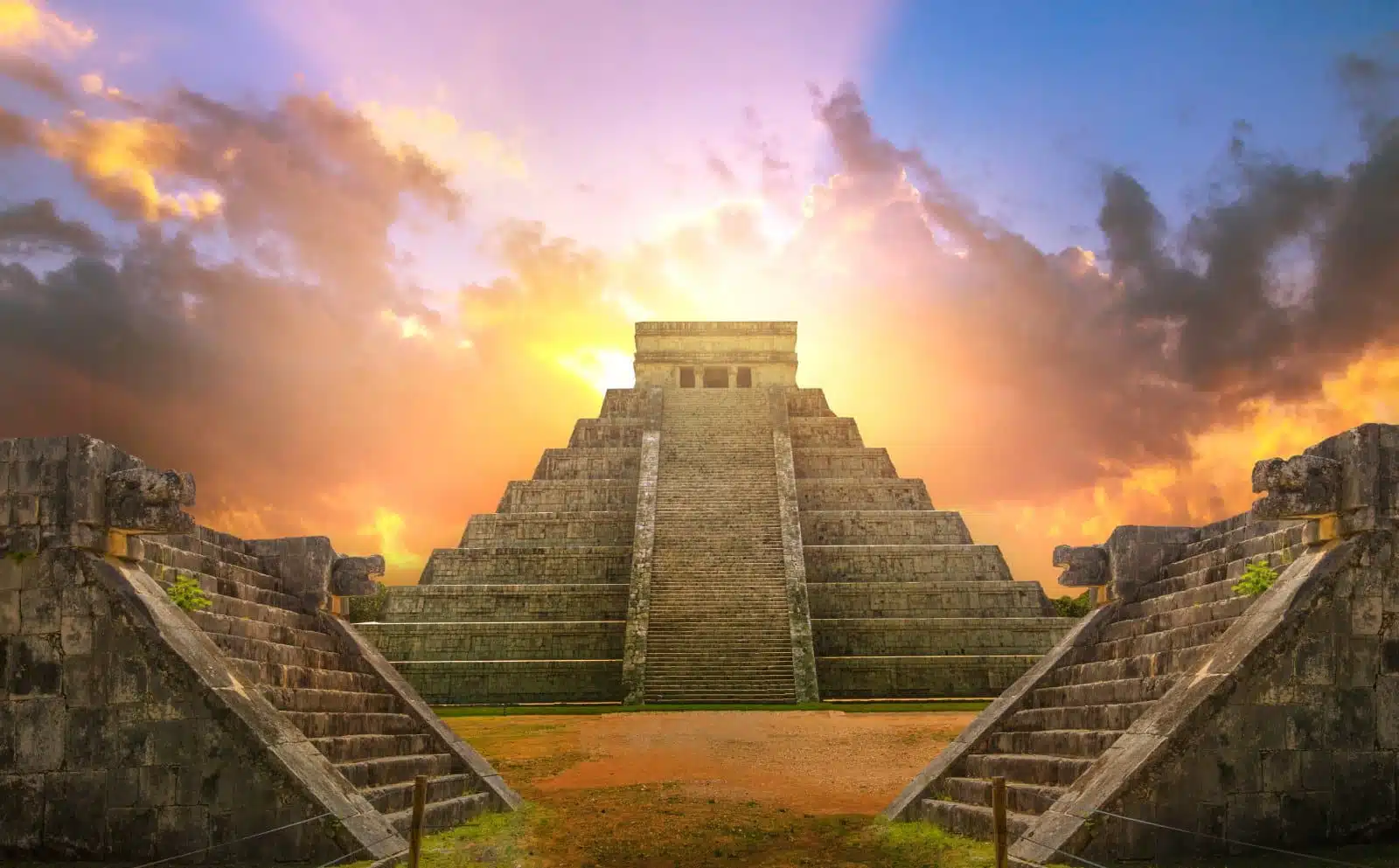
Image Credit: Shutterstock / IR Stone
Chichen Itza, one of the New Seven Wonders of the World, is a must-visit for those interested in Mayan civilization. This ancient city’s iconic Kukulkan Pyramid (El Castillo) is a Mayan architecture and astronomy masterpiece. The surrounding Yucatan Peninsula is dotted with cenotes, offering refreshing respite and unique snorkeling experiences.
Insider’s Tip: To avoid the crowds and the heat at Chichen Itza, arrive early in the morning. After exploring the ruins, cool off in one of the nearby cenotes, such as Ik Kil or Cenote Xkeken.
When to Travel: November to April offers cooler, dryer weather.
How to Get There: Located between Valladolid and Merida, accessible by car or bus tours from Cancún, Playa del Carmen, and Mérida.
6. Copper Canyon
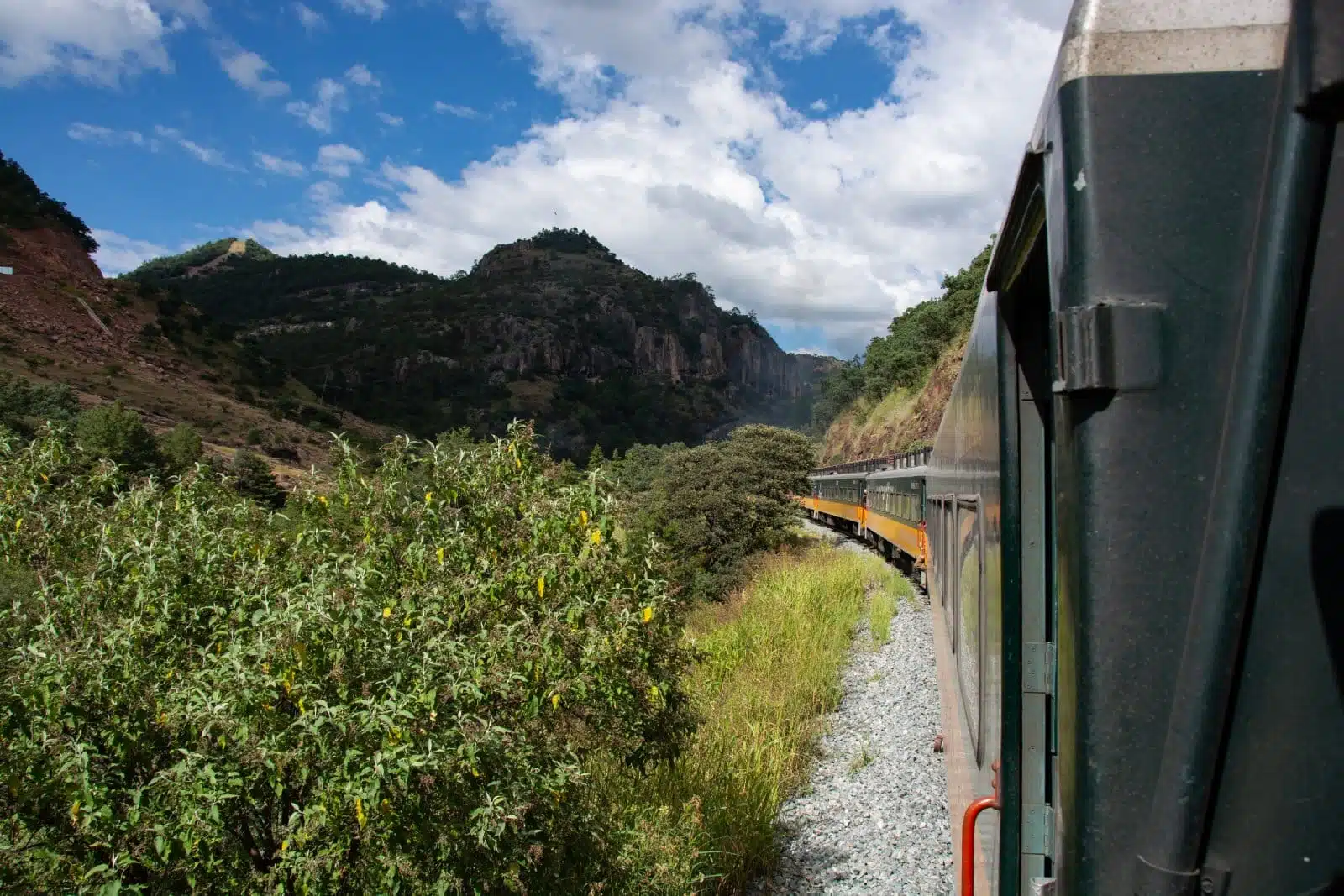
Image Credit: Shutterstock / FernandoAlcantara
The Copper Canyon, or Barranca del Cobre, in the northern state of Chihuahua, is a network of canyons that collectively are several times larger than the Grand Canyon. This natural wonder offers breathtaking landscapes, hiking, and the world-famous Chihuahua al Pacifico Railway, known as El Chepe, traversing through the canyon’s heart. The region is also home to the indigenous Rarámuri or Tarahumara people, known for their traditional way of life and incredible long-distance running abilities.
Insider’s Tip: For an unforgettable experience, take the El Chepe train ride, which offers various classes of service. Opt for the first-class ticket for added comfort and access to observation decks. Plan to stop at several towns along the route to fully appreciate the local culture and natural beauty.
When to Travel: The best times are spring (March-May) and autumn (September-November).
How to Get There: Fly to Los Mochis or Chihuahua City. The Copper Canyon can be explored via the El Chepe train, connecting both cities.
7. Puebla’s Colonial Charm
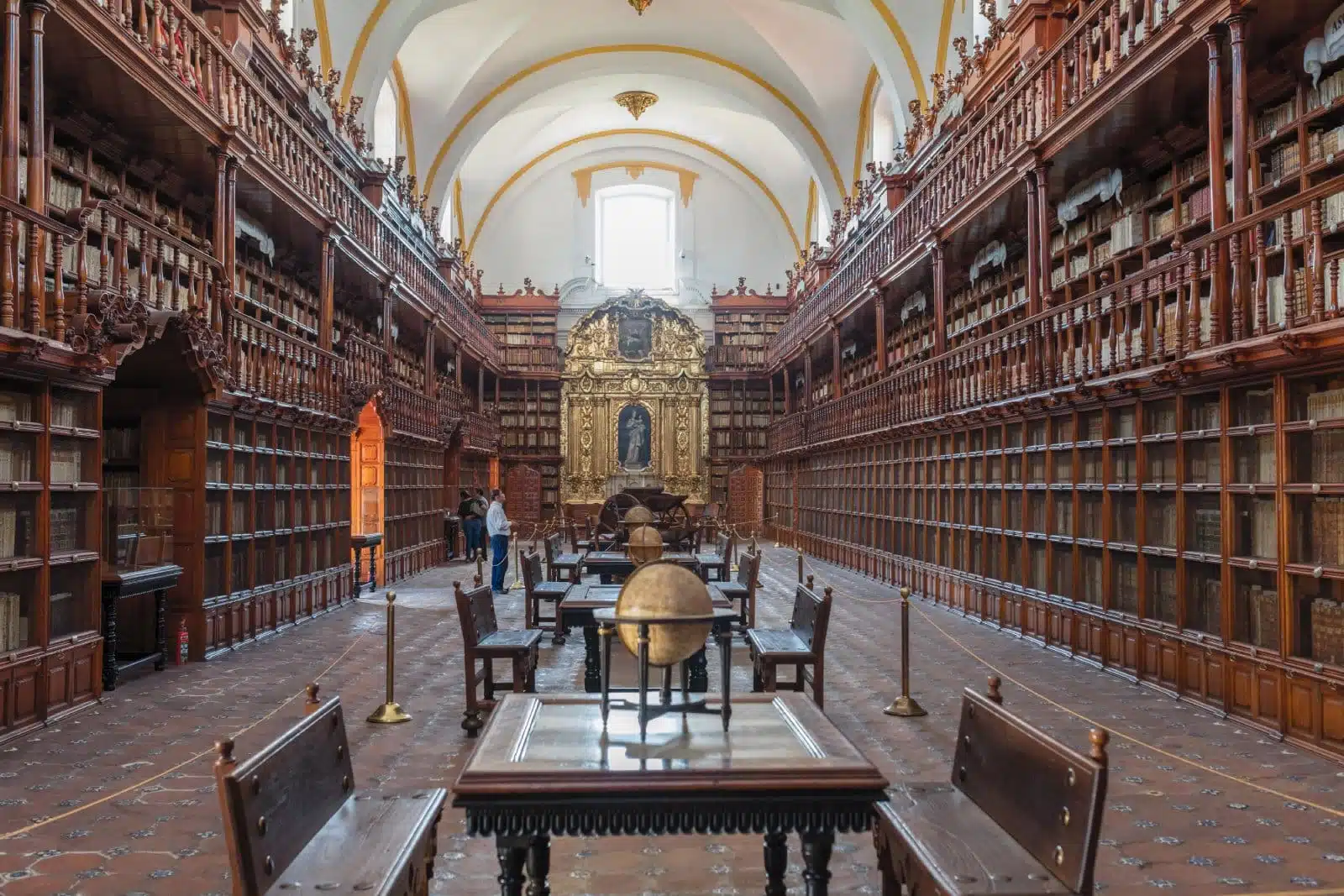
Image Credit: Shutterstock / BondRocketImages
Puebla, a UNESCO World Heritage city located southeast of Mexico City, is famed for its colonial architecture, vibrant Talavera pottery, and culinary heritage, including the invention of mole poblano. The city’s historic center has beautifully preserved buildings, ornate churches, and bustling markets. Puebla is a testament to Mexico’s colonial past and its ongoing traditions.
Insider’s Tip: Visit the Biblioteca Palafoxiana, considered the first public library in the Americas, and marvel at its vast collection of ancient manuscripts. For food enthusiasts, participating in a mole-making workshop is a must.
When to Travel: March to May for mild weather and fewer crowds.
How to Get There: Puebla has its own airport (PBC), or you can take a bus from Mexico City, approximately a 2-hour journey.
8. Guanajuato
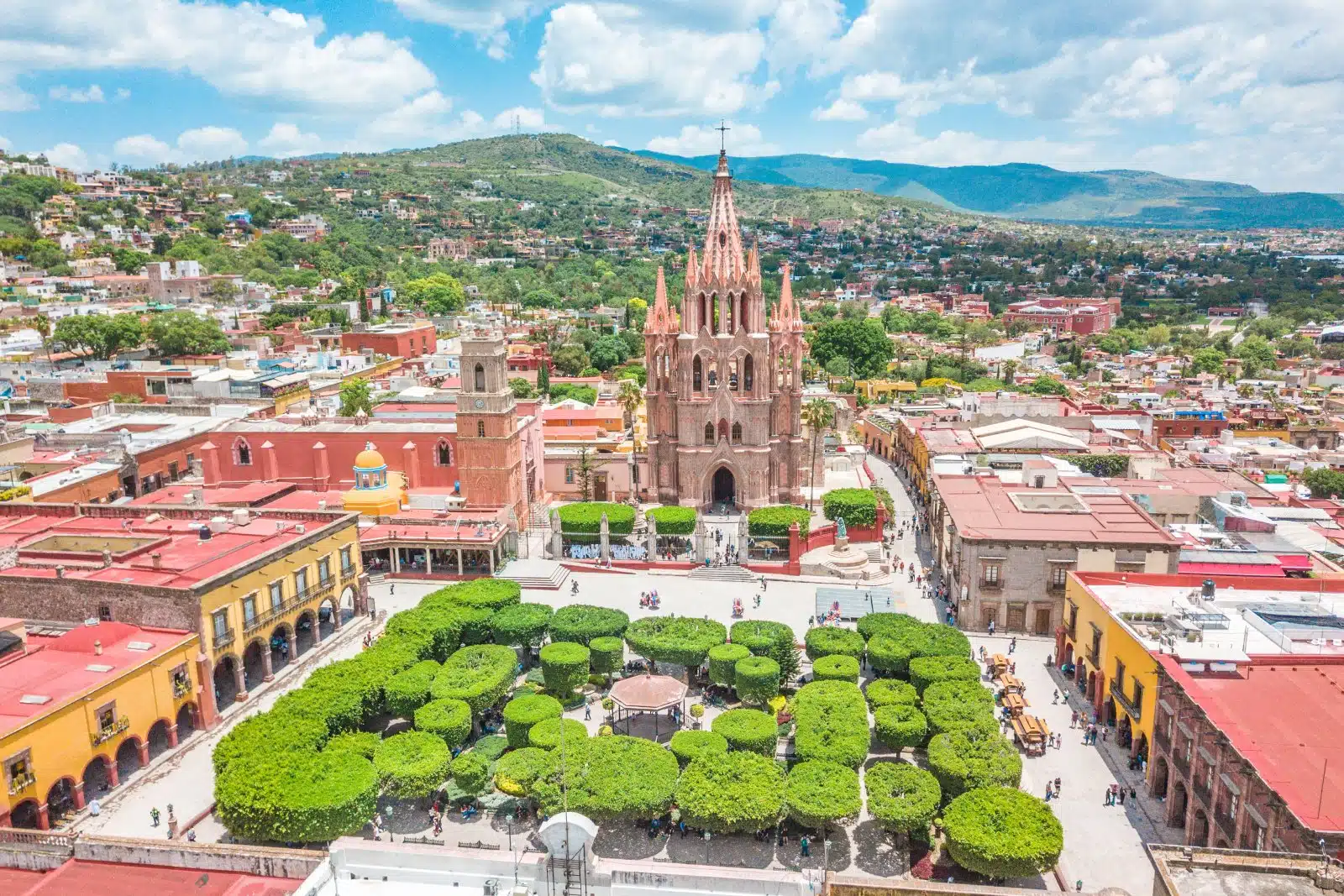
Image Credit: Shutterstock / Rubi Rodriguez Martinez
Nestled in the mountains of central Mexico, Guanajuato is a colorful and vibrant city known for its underground tunnels, colonial architecture, and rich cultural scene. It’s the birthplace of famed artist Diego Rivera and hosts the annual International Cervantino Festival, one of Latin America’s most significant cultural events. The city’s winding alleyways and lively plazas make it a fascinating destination for explorers.
Insider’s Tip: Don’t miss the Callejón del Beso (Alley of the Kiss), where you can learn about the local legend and enjoy a romantic moment. For the city’s best views, take the funicular to the El Pípila monument.
When to Travel: Visit during the Cervantino Festival in October for a cultural experience.
How to Get There: The nearest airport is in Leon (BJX), with Guanajuato accessible by bus or car rental from there.
9. San Miguel de Allende
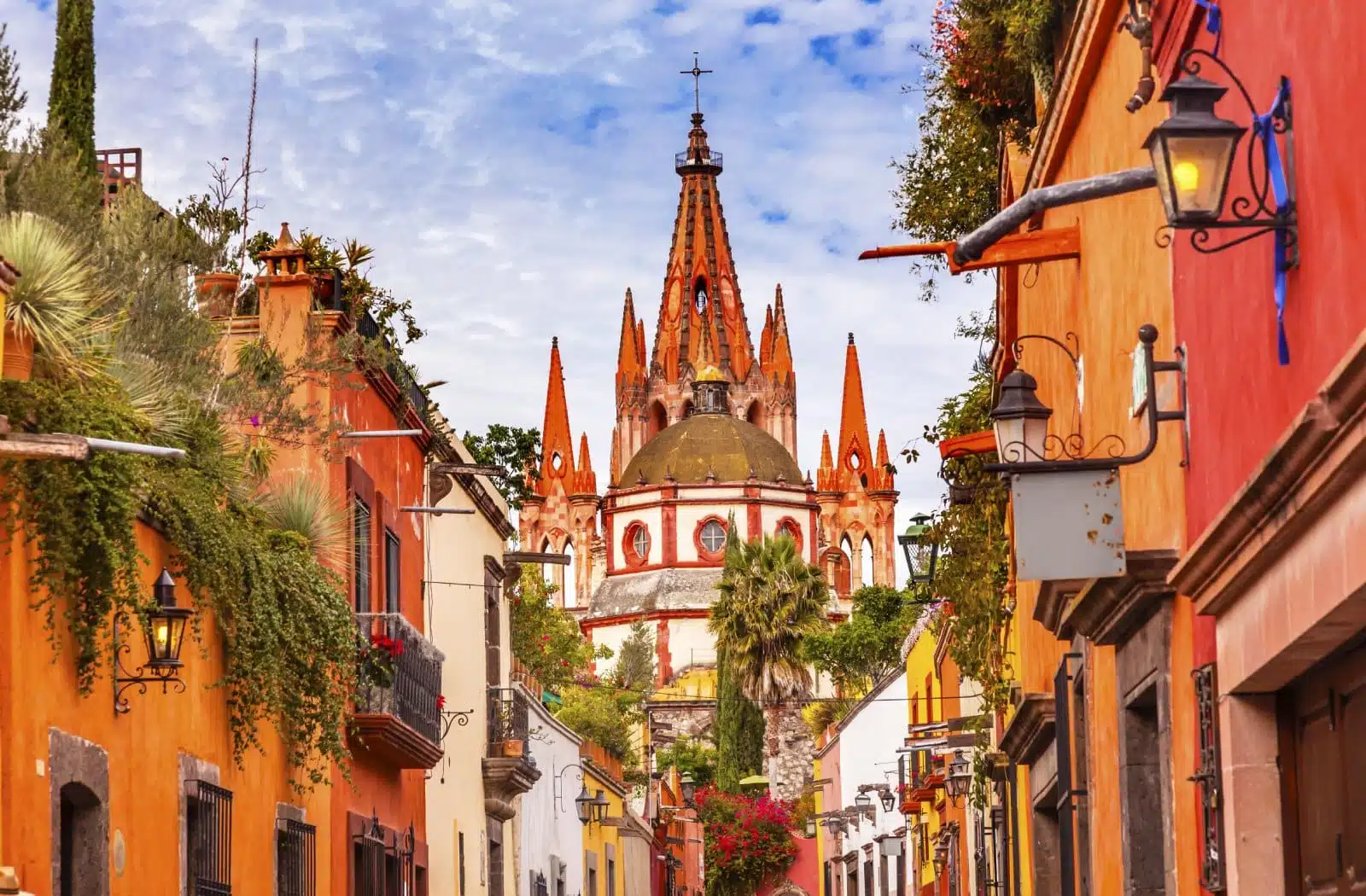
Image Credit: Shutterstock / Bill Perry
San Miguel de Allende, a UNESCO World Heritage site, is renowned for its well-preserved Spanish colonial architecture, thriving arts scene, and cultural festivals. The city’s historic center radiates charm and elegance with its cobblestone streets and baroque Spanish buildings. San Miguel de Allende is a hub for artists and writers from around the world, drawn by its beauty and vibrant community.
Insider’s Tip: Explore the Fabrica La Aurora, a former textile factory turned art and design center, where you can visit galleries, studios, and shops showcasing local and international artists.
When to Travel: The best weather is from November to April.
How to Get There: Leon (BJX) is the closest airport. San Miguel is accessible by bus or car from the airport.
10. The Monarch Butterfly Biosphere Reserve

Image Credit: Shutterstock / Noradoa
Each year, millions of monarch butterflies migrate from North America to the forests of Michoacán and the State of Mexico, creating one of nature’s most spectacular displays. The Monarch Butterfly Biosphere Reserve, a UNESCO World Heritage site, offers visitors the chance to witness this incredible phenomenon up close, as the forests come alive with the vibrant orange and black of the monarch wings.
Insider’s Tip: The best time to visit the reserve is between late January and early March when the butterflies are most active. Wear warm clothes, as the sanctuaries are located at high elevations and can be quite cool.
When to Travel: The butterflies are present from November to March, with peak viewing in February.
How to Get There: The reserve is accessible by bus or car from Mexico City, with the closest towns being Angangueo and Valle de Bravo.
11. The Gastronomy of Oaxaca

Image Credit: Shutterstock / SL-Photography
Oaxaca is a culinary paradise within Mexico, celebrated for its complex flavors, indigenous ingredients, and traditional cooking methods. The region’s gastronomy expresses its cultural diversity, featuring mole, tlayudas, and mezcal dishes. Oaxaca’s markets are vibrant hubs of activity where visitors can explore a wide array of local ingredients, including chocolate, cheese, and chapulines (grasshoppers).
Insider’s Tip: Engage in a culinary tour or cooking class to dive deep into Oaxacan cuisine. Learning to prepare traditional dishes under the guidance of local chefs not only enhances your culinary skills but also provides insight into the cultural significance of food in Oaxaca.
When to Travel: Visit during the Guelaguetza festival in July for a rich cultural experience.
How to Get There: Oaxaca’s Xoxocotlán International Airport (OAX) offers direct flights from Mexico City and other major cities.
12. The Ruins of Monte Albán

Image Credit: Shutterstock / GillesBelanger
Monte Albán, situated on a mountaintop overlooking the Oaxaca Valley, is one of Mexico’s most significant archaeological sites. Once the ancient capital of the Zapotec civilization, this UNESCO World Heritage site features grand plazas, pyramids, and tombs, offering a window into the region’s pre-Columbian history. The site’s museum provides valuable context for the artifacts and structures, enriching visitors’ understanding of the Zapotec people and their achievements.
Insider’s Tip: Visit early in the morning to avoid the heat and crowds. Hiring a guide at the entrance can greatly enhance your experience, offering insights into the site’s history and significance that you might otherwise miss.
When to Travel: From October to April, the dry season is ideal for exploration.
How to Get There: Monte Albán is a short drive from Oaxaca City, with taxis and guided tours readily available.
13. Baja California’s Wine Country
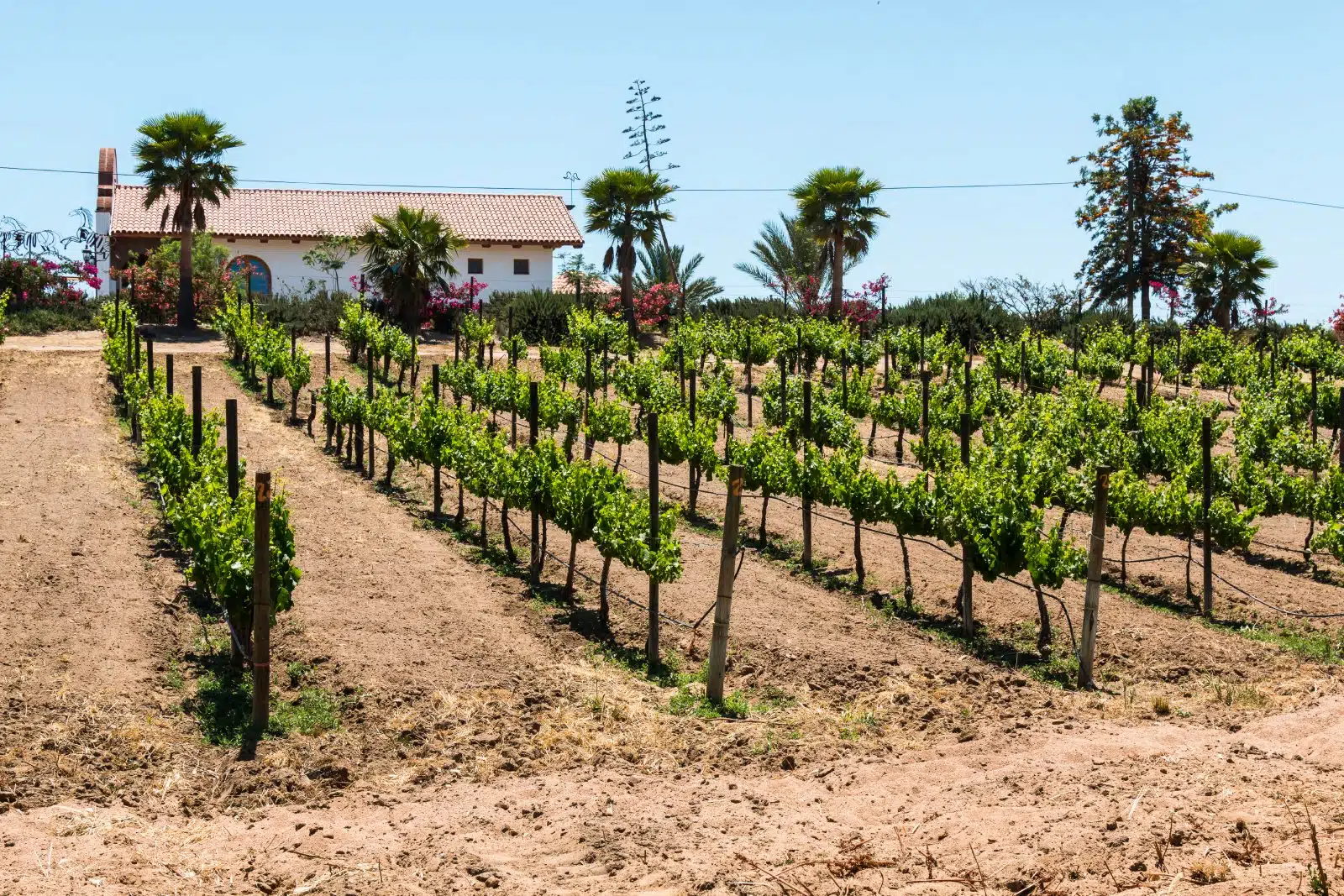
Image Credit: Shutterstock / Sherry V Smith
The Valle de Guadalupe in Baja California has emerged as Mexico’s premier wine region, known for its innovative wineries and Mediterranean-like climate. The valley offers a scenic backdrop for wine tasting, with a growing number of boutique wineries and farm-to-table restaurants showcasing the region’s agricultural bounty. The area’s unique wines and culinary experiences make it a must-visit for food and wine enthusiasts.
Insider’s Tip: Many wineries require reservations for tastings and tours, so plan ahead. Consider staying at one of the valley’s boutique accommodations to fully immerse yourself in the wine country experience.
When to Travel: The grape harvest season in August and September is a fantastic time to visit.
How to Get There: Fly into Tijuana, San Diego, or Ensenada and drive to the Valle de Guadalupe.
14. The Magic Towns (Pueblos Mágicos)
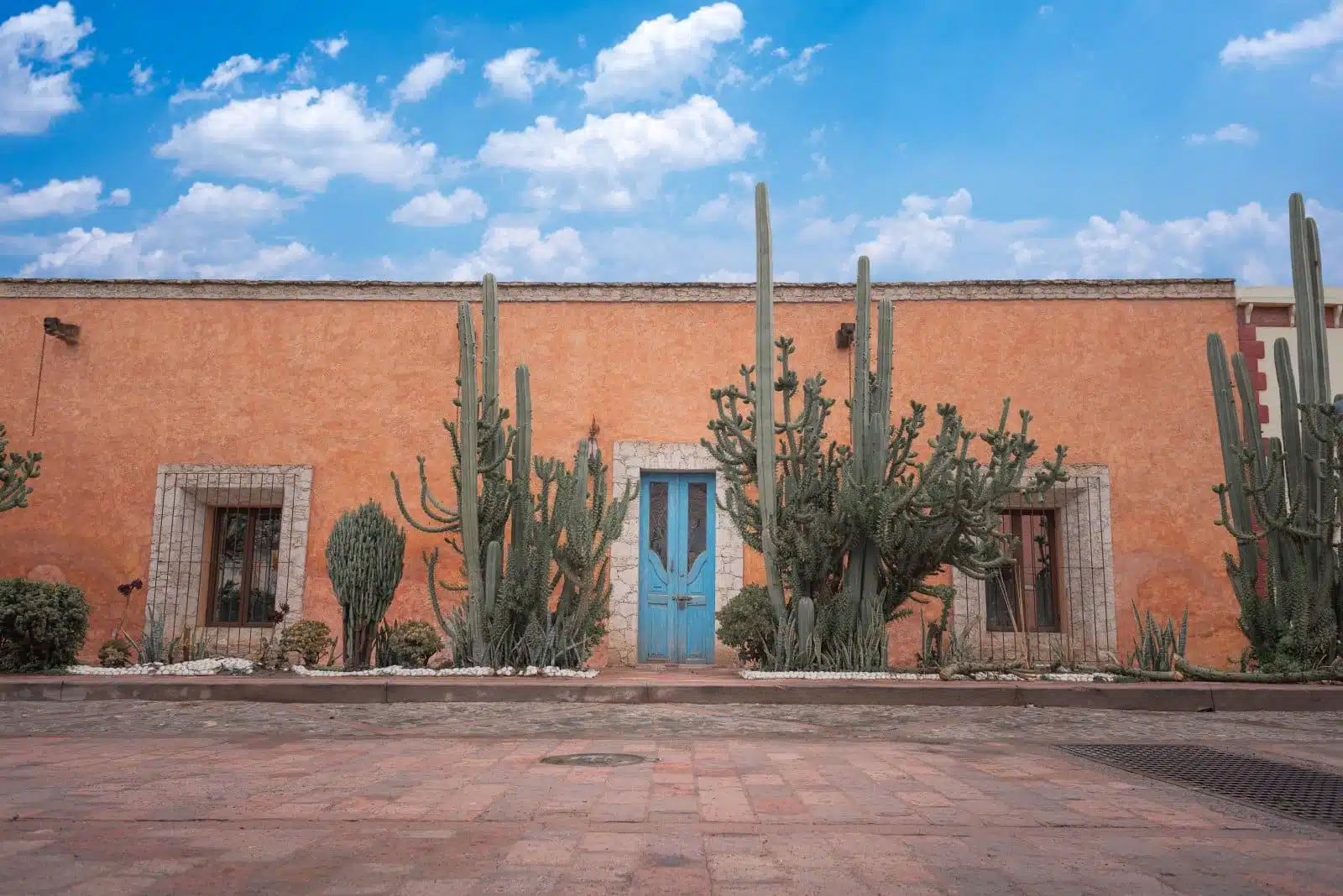
Image Credit: Shutterstock / christophertp92
Mexico’s Pueblos Mágicos program highlights towns across the country known for their natural beauty, cultural riches, or historical relevance. These “Magic Towns” offer a glimpse into Mexico’s diverse landscapes and traditions, from the colonial architecture of Valladolid in Yucatán to the indigenous culture of San Cristóbal de las Casas in Chiapas. Exploring these towns provides an opportunity to experience the country’s heart and soul beyond the typical tourist paths.
Insider’s Tip: While visiting a Pueblo Mágico, engage with local artisans and producers. Their crafts and products tell stories of tradition and creativity, offering unique souvenirs that support the local economy.
When to Travel: Year-round, though specific festivals can offer unique experiences.
How to Get There: Each Pueblo Mágico is accessible by car or bus from major cities or nearby airports, depending on the location.
15. The Sian Ka’an Biosphere Reserve
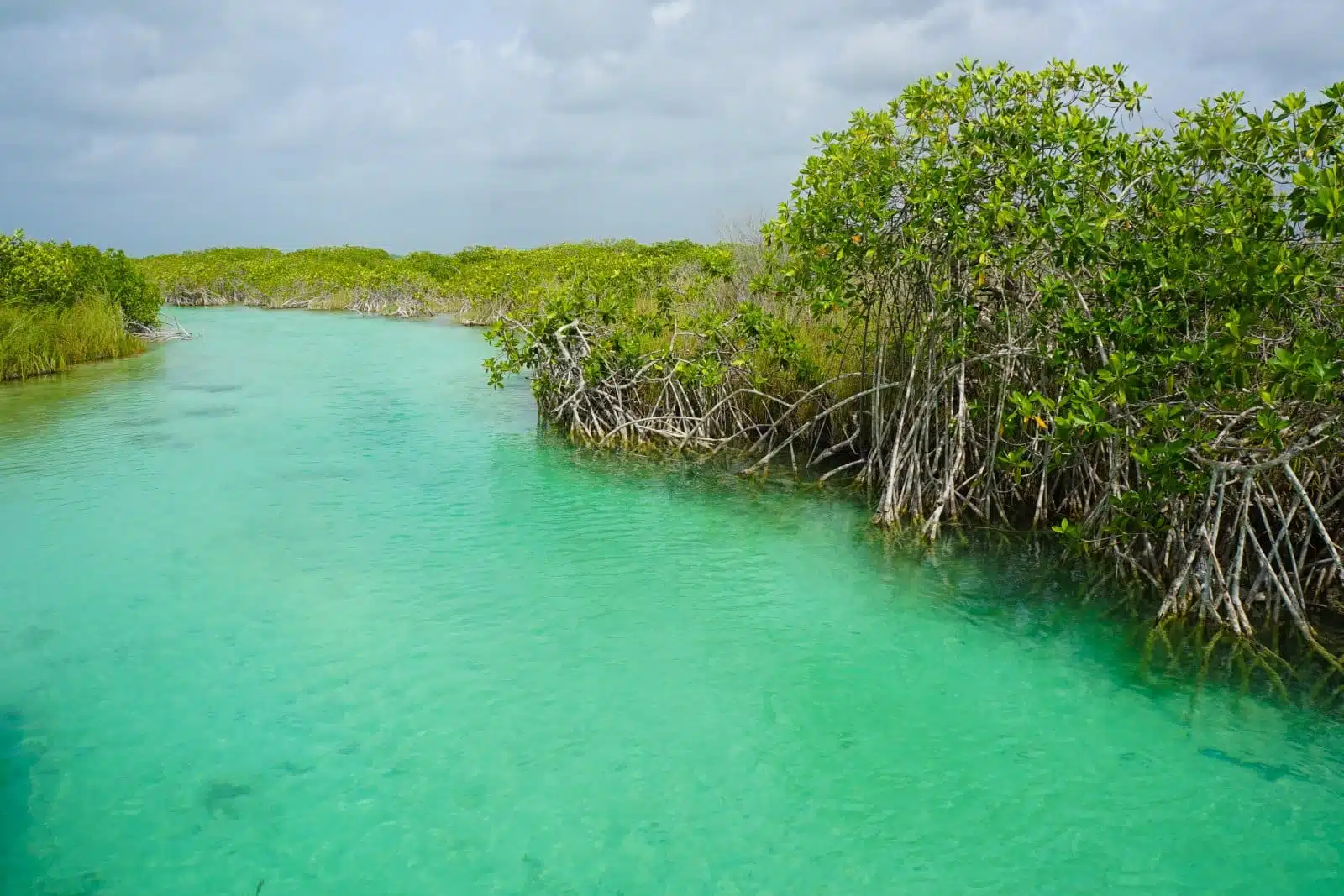
Image Credit: Shutterstock / Inspired By Maps
Located on the east coast of the Yucatán Peninsula, the Sian Ka’an Biosphere Reserve is a UNESCO World Heritage site that offers an unparalleled natural experience. The reserve encompasses tropical forests, mangroves, and a portion of the Mesoamerican Barrier Reef, providing habitats for diverse wildlife. Activities include kayaking through mangroves, bird watching, and snorkeling on the reef.
Insider’s Tip: Book a guided tour with a reputable eco-tourism company to explore the reserve responsibly. Guides can lead you to hidden spots and share knowledge about the reserve’s ecosystems and conservation efforts.
When to Travel: From November to April, the dry season is best for wildlife viewing.
How to Get There: Located south of Tulum, the reserve is accessible by car. Guided tours from Tulum or Playa del Carmen are recommended for responsibly navigating the reserve’s ecosystems.
The Bottom Line
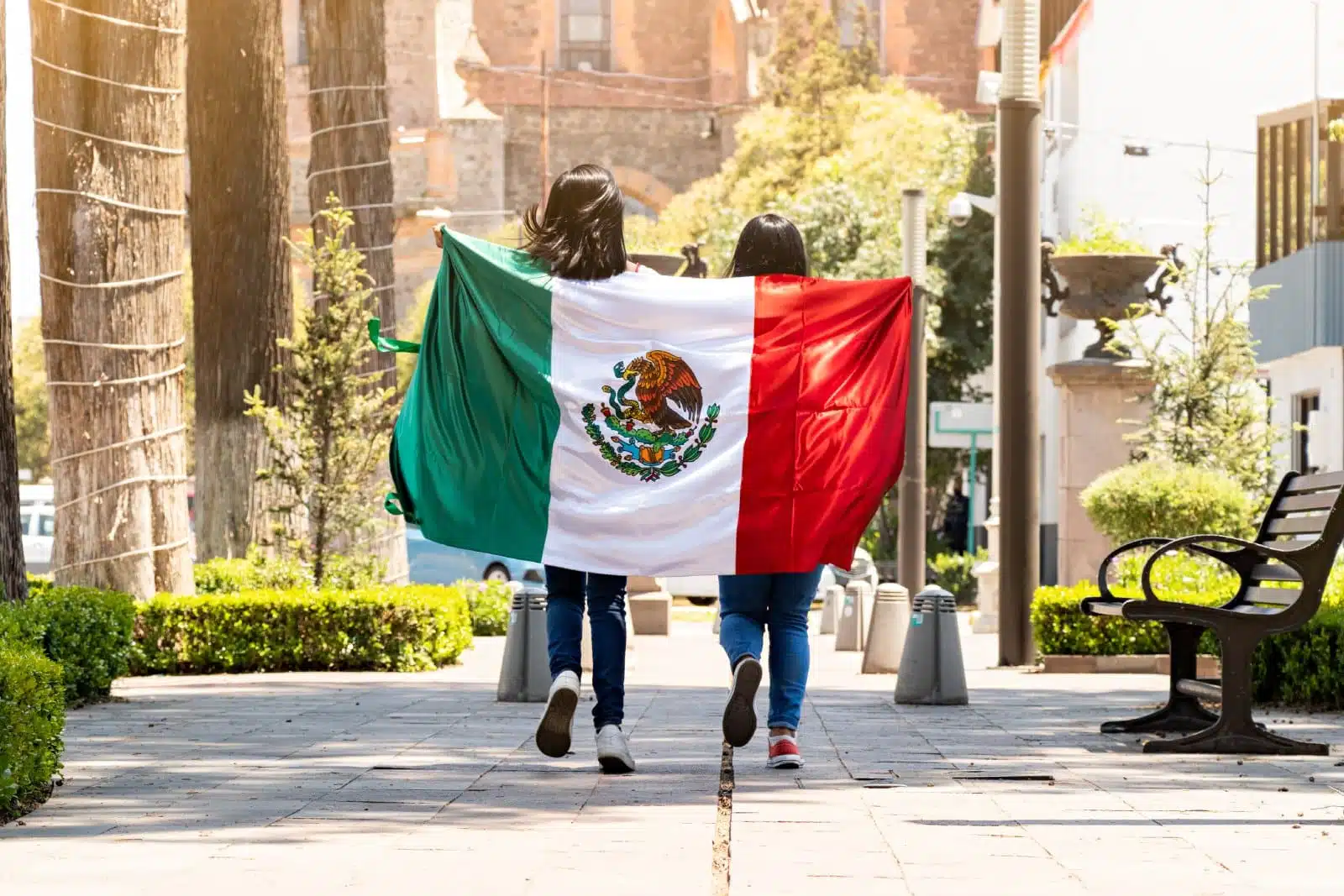
Image Credit: Shutterstock / Moy Ortega
Mexico’s vast landscapes and rich cultural heritage offer endless opportunities for exploration and discovery. From the culinary delights of Oaxaca and the ancient ruins of Monte Albán to the innovative wineries of Baja California and the natural wonders of the Sian Ka’an Biosphere Reserve, Mexico invites travelers to venture beyond the beaches and immerse themselves in a world of culture and adventure. As you explore this vibrant country, embrace the unexpected, engage with local communities, and respect the natural and cultural environments you encounter. Mexico’s true beauty lies in its diversity, waiting to be discovered by those willing to look beyond the surface.
More From The Green Voyage
12 Best Practices for Sustainable Travel in 2024 – How to Travel With Minimal Environmental Impact
Unlocking Hotel Perks – A Traveler’s Guide to Maximizing Hotel Reward Programs for Optimal Benefits
Travel Hacks for Frequent Flyers – 6 Tips and Tricks to Make the Best of Air Travel
The post A Country Guide to Mexico first appeared on The Green Voyage.
Featured Image Credit: Shutterstock / Alexandra Lande.
For transparency, this content was partly developed with AI assistance and carefully curated by an experienced editor to be informative and ensure accuracy.
Tips for Trip Success
Book Your Flight
Find an inexpensive flight by using Kayak, a favorite of ours because it regularly returns less expensive flight options from a variety of airlines.
Book Your Hotel or Special Accommodation
We are big fans of Booking.com. We like their review system and photos. If we want to see more reviews and additional booking options, we go to Expedia.
You Need Travel Insurance!
Good travel insurance means having total peace of mind. Travel insurance protects you when your medical insurance often will not and better than what you get from your credit card. It will provide comprehensive coverage should you need medical treatment or return to the United States, compensation for trip interruption, baggage loss, and other situations.Find the Perfect Insurance Plan for Your Trip
